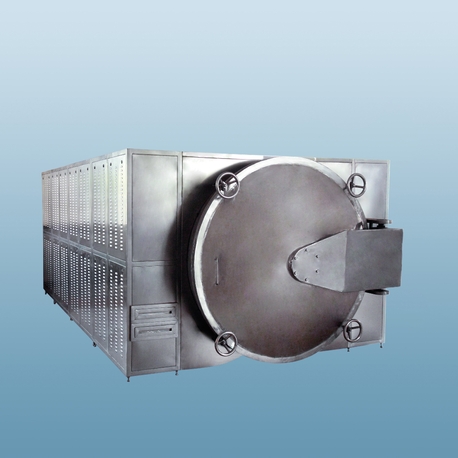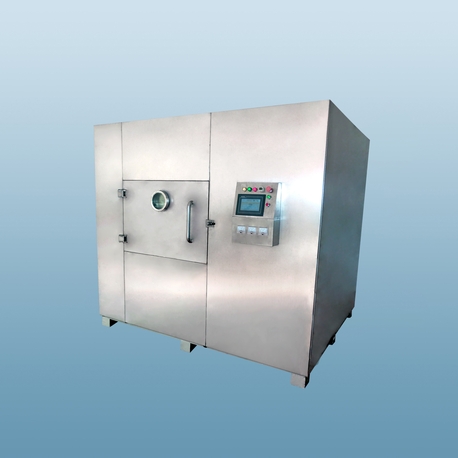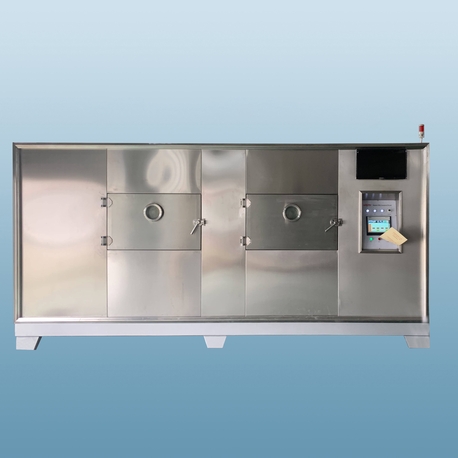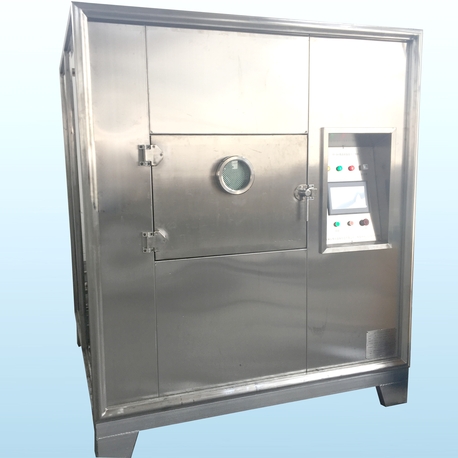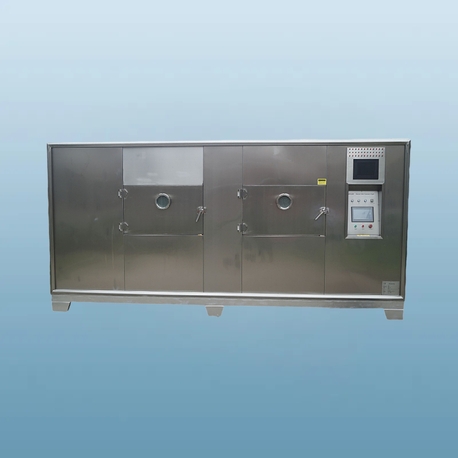Imagine pulling a batch of freshly made pasta from your kitchen counter, only to find it clumped together or unevenly dried. This common frustration can ruin the joy of creating homemade pasta. Enter the pasta dryer—a simple yet transformative tool that ensures your culinary efforts yield professional-quality results every time. In this article, we’ll dive into the world of pasta dryers, uncovering how this device can elevate your cooking experience. Whether you’re a seasoned chef or a home cook, understanding the ins and outs of a pasta dryer will help you achieve that ideal al dente texture and preserve your pasta for future meals. Let’s explore why incorporating a pasta dryer into your routine is a game-changer.
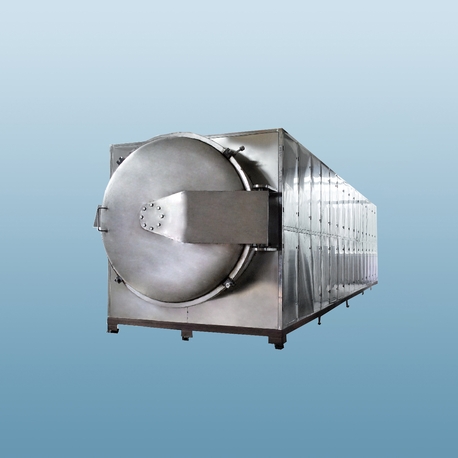
What is a Pasta Dryer?
A pasta dryer is a specialized kitchen appliance or rack designed to dry freshly made pasta efficiently. Unlike air-drying methods that involve laying pasta on flat surfaces, a pasta dryer provides a structured setup with multiple tiers or racks where pasta can hang freely. This allows for optimal air circulation around each strand, promoting even drying without sticking or deformation. Typically made from materials like stainless steel or food-safe plastic, pasta dryers come in various sizes to accommodate different quantities of pasta. They are especially useful for long formats like spaghetti, fettuccine, or linguine, but many models adapt to shorter shapes as well. By using a pasta dryer, you can control the drying process, which is crucial for preventing spoilage and achieving the perfect texture when cooked. This tool is a staple in Italian kitchens and is gaining popularity worldwide as more people embrace homemade pasta making.
How a Pasta Dryer Enhances Pasta Quality
One of the primary advantages of using a pasta dryer is the significant improvement in pasta quality. When pasta dries unevenly, it can lead to inconsistent cooking times, with some parts turning mushy while others remain undercooked. A pasta dryer addresses this by ensuring uniform air exposure, which helps maintain the pasta’s structural integrity. This results in a better bite and enhanced flavor absorption from sauces. Additionally, a pasta dryer reduces the risk of cracking or breaking, which is common when pasta is dried on uneven surfaces. By investing in a reliable pasta dryer, you’re not just drying pasta—you’re preserving the craftsmanship that goes into each batch, making every meal a delightful experience.
Types of Pasta Dryers and Their Features
Pasta dryers come in several types to suit different needs and kitchen spaces. The most common is the standing rack-style pasta dryer, which features multiple tiers and is ideal for drying long strands. These are often collapsible for easy storage. Another type is the wall-mounted pasta dryer, which saves counter space and adds a rustic touch to your kitchen. For those with limited room, tabletop models with compact designs are available. Some advanced pasta dryers include features like adjustable height, removable trays for cleaning, and materials resistant to rust and corrosion. When selecting a pasta dryer, consider factors like capacity, durability, and ease of assembly. No matter the type, a well-chosen pasta dryer can handle various pasta shapes, from delicate angel hair to sturdy pappardelle, ensuring versatility in your culinary creations.
Step-by-Step Guide to Using a Pasta Dryer
Using a pasta dryer is straightforward, but following a few key steps can maximize its effectiveness. First, after rolling and cutting your pasta, gently drape the strands over the racks of the pasta dryer, ensuring they don’t touch each other to prevent sticking. Allow the pasta to dry for several hours, depending on humidity and thickness—typically 2 to 12 hours. For best results, place the pasta dryer in a well-ventilated area away from direct sunlight, as excessive heat can cause brittleness. Once the pasta feels firm and snaps easily, it’s ready for storage or cooking. Regularly rotating the racks can promote even drying. By mastering this process with your pasta dryer, you’ll avoid common pitfalls like mold growth and achieve a consistent finish that rivals store-bought varieties.
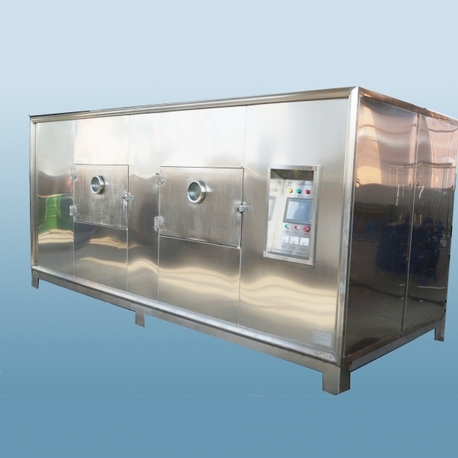
Maintenance and Cleaning Tips for Your Pasta Dryer
To ensure your pasta dryer lasts for years, proper maintenance is essential. Most pasta dryers are dishwasher-safe, but hand washing with warm, soapy water is recommended to preserve their structure. For metal pasta dryers, drying immediately after washing prevents rust. If your pasta dryer has removable parts, disassemble them for a thorough clean to remove any pasta residue. Store the pasta dryer in a dry place to avoid moisture buildup, and inspect it periodically for wear and tear. By following these simple steps, your pasta dryer will remain hygienic and functional, ready for your next pasta-making session.
Comparing Pasta Dryers to Traditional Drying Methods
Many home cooks rely on traditional methods like laying pasta on towels or baking sheets, but these often lead to uneven drying and sticking. In contrast, a pasta dryer offers superior results by allowing air to circulate freely around each piece. This not only speeds up the drying process but also reduces the risk of contamination from dust or insects. Moreover, a pasta dryer saves counter space and keeps pasta organized, whereas traditional methods can create clutter. While air-drying might work in low-humidity environments, a pasta dryer provides consistency regardless of weather conditions. By switching to a pasta dryer, you’ll notice a marked improvement in efficiency and pasta quality.
The Role of a Pasta Dryer in Meal Prep and Storage
A pasta dryer isn’t just for immediate use—it’s a valuable tool for meal prepping and long-term storage. Once dried properly using a pasta dryer, pasta can be stored in airtight containers for months without losing quality. This makes it easy to batch-cook and have homemade pasta on hand for busy weeknights. Additionally, a pasta dryer helps preserve the nutritional value and flavor of the pasta by preventing moisture-related spoilage. For those who enjoy gifting homemade food, a pasta dryer ensures your creations look and taste professional. Incorporating a pasta dryer into your routine supports a sustainable kitchen by reducing food waste and encouraging homemade alternatives to packaged goods.
Common Mistakes to Avoid with a Pasta Dryer
Even with a pasta dryer, users can make mistakes that affect outcomes. Overloading the racks is a common error, as it restricts airflow and leads to uneven drying. Another mistake is not cleaning the pasta dryer regularly, which can harbor bacteria. Using the pasta dryer in humid areas without ventilation can prolong drying times and promote mold. Also, rushing the process by using high heat can cause the pasta to crack. By being mindful of these pitfalls and following best practices, you’ll get the most out of your pasta dryer and enjoy flawless results every time.
Conclusion: Why a Pasta Dryer is a Kitchen Essential
In summary, a pasta dryer is more than just a convenience—it’s an investment in your culinary skills. From improving pasta quality to aiding in meal preparation, this tool offers numerous benefits that justify its place in any kitchen. By understanding how to choose, use, and maintain a pasta dryer, you can elevate your homemade pasta to new heights. So, if you’re passionate about cooking, consider adding a pasta dryer to your arsenal; it’s a small step that makes a big difference.
Frequently Asked Questions About Pasta Dryers
Q1: What is the ideal drying time for pasta in a pasta dryer?
A1: The drying time in a pasta dryer varies based on pasta thickness and humidity, but it generally ranges from 2 to 12 hours. Thinner pasta like angel hair may dry faster, while thicker shapes like fettuccine take longer. Always check for a firm, snap-ready texture before storing.
Q2: Can I use a pasta dryer for all types of homemade pasta?
A2: Yes, a pasta dryer is versatile and can handle most pasta types, including long strands, short cuts, and even filled pasta like ravioli if placed carefully. However, ensure the racks support the weight and shape to avoid deformation.
Q3: How do I clean a pasta dryer to maintain hygiene?
A3: Clean your pasta dryer by washing it with warm, soapy water after each use. For stubborn residue, use a soft brush. Most models are dishwasher-safe, but check the manufacturer’s guidelines to prevent damage.
Q4: Is a pasta dryer necessary if I cook pasta immediately after making it?
A4: While not essential for immediate cooking, a pasta dryer can still be useful for partial drying to prevent sticking. If you plan to store pasta, however, a pasta dryer is highly recommended to ensure proper preservation.
Q5: What should I look for when buying a pasta dryer?
A5: When purchasing a pasta dryer, consider factors like size (to fit your kitchen space), material (stainless steel for durability), capacity (based on how much pasta you make), and portability (collapsible designs for easy storage). Reading reviews can also help you find a reliable pasta dryer.


